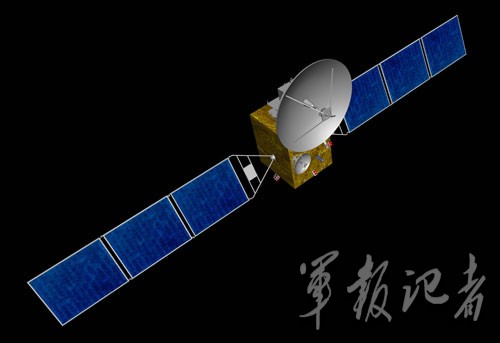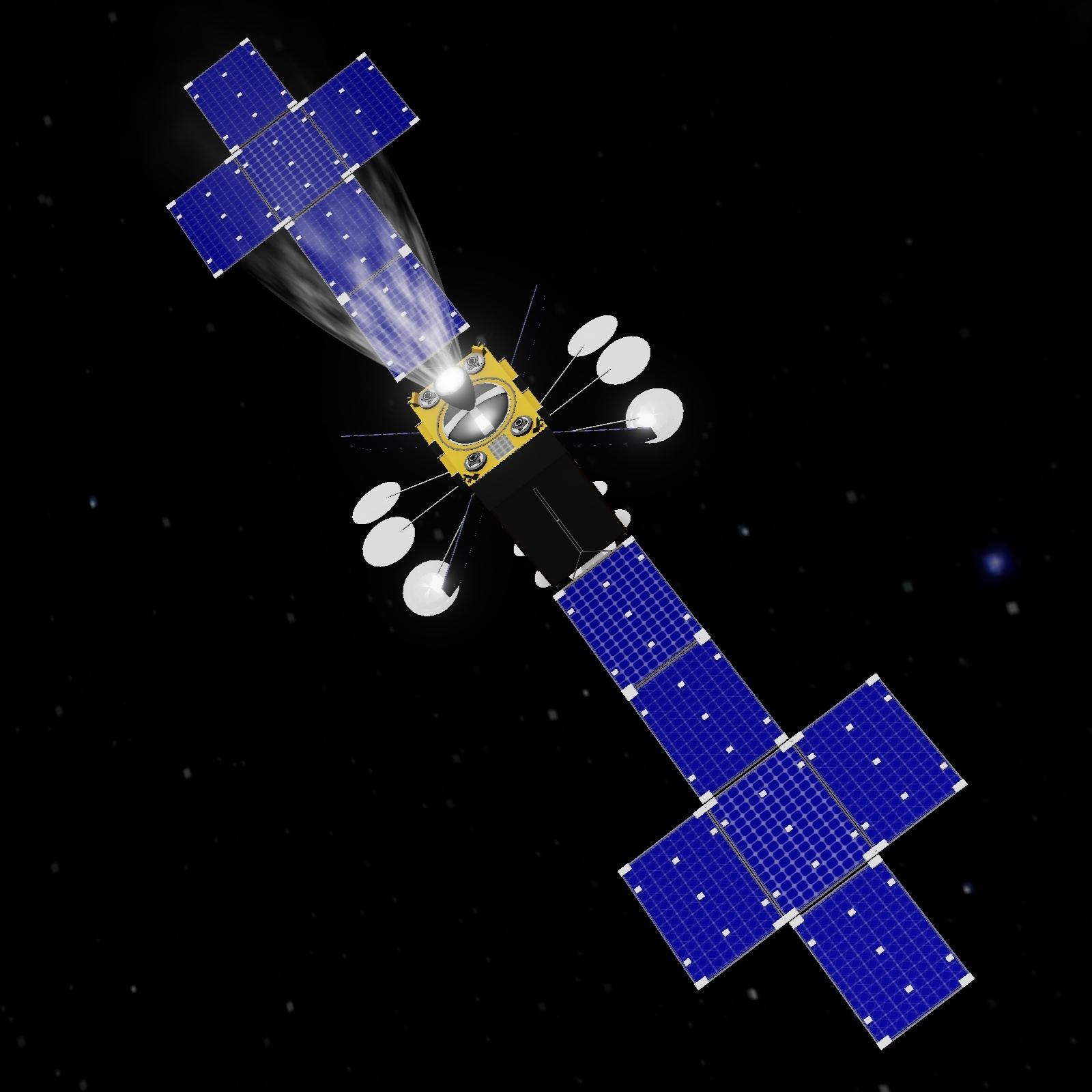China accuses US of hostile reconnaissance in space:
US spy satellites have carried out at least 14 close reconnaissance missions on high-orbiting Chinese satellites in less than two years, according to a study by researchers at China's space program.
From February 2020 to December 2021, satellites of the US Air Force's Geosynchronous Space Situational Awareness Program (GSSAP) repeatedly got close to some of China's most valuable and advanced geostationary orbit (GEO) satellites, getting alarmingly close, according to the study.
" The frequent approaches of GSSAP satellites to high-value Chinese space assets pose a serious threat to their security ," said the team led by researcher Cai Sheng of the Changchun Institute of Optics, Fine Mechanics and Physics. Their work was published last month in the Chinese-language journal Infrared and Laser Engineering.
“ In a series of space attack and defense technology tests, the US military has revealed its ability and intent to disrupt China's use of space .”
Close encounters in space are usually kept secret because the military may regard such information as sensitive or classified, and disclosing it could reveal its capabilities or vulnerabilities to other countries, according to a Beijing space scientist who was not involved in the study.
“ Disclosure of such incidents could potentially escalate tensions between countries and lead to diplomatic or even military conflicts ,” said the scientist who asked not to be named due to the sensitivity of the matter.
It is unclear why China has chosen to release the information now.
The Changchun-based institute, a branch of the Chinese Academy of Sciences, has a long history of developing laser, remote sensing and space optics technology for China's space program. “ They are suitable for studying the GSSAP satellite and its capabilities ,” said the scientist.
China has a number of GEO satellites in orbit that serve a variety of purposes, including communications, navigation, and remote sensing. GEO satellites are positioned at a fixed point above the earth's equator, which means they always remain in the same position relative to the ground. This makes them ideal for applications such as communications and broadcasting, where it is important to maintain a constant connection with users on the ground.
GEO satellites are generally more expensive to launch and operate than low-orbit satellites (LEO). Many countries use GEO satellites for military communications and surveillance, as well as critical infrastructure such as banking and financial systems.
According to the Chinese study, on February 26, 2020, a GSSAP satellite performed a fly-around on Tianlian 2-01, a satellite that is part of China's Tianlian space tracking and data transmission system.
The Tianlian system provides communication links between orbiting spacecraft and ground stations, and supports China's human spaceflight program and other space activities.
Two days later, the same satellite approached BD-2 G8, a satellite of the BeiDou navigation system (BDS), according to Cai's team.
BeiDou is the Chinese equivalent of the American GPS system and provides positioning, navigation and timing services to users in China and other parts of the world.
Other incidents reported in the study involve SJ-20, a high-speed communications satellite launched by China in 2020. SJ-20 was designed to provide broadband Internet access to users in China and other parts of Asia.
A computer simulation conducted by Chinese scientists suggests that a US GSSAP spy satellite could have taken high-resolution images of the Chinese SJ-20 communications satellite in close proximity. Photo: Changchun Institute of Optics, Fine Mechanics and Physics.
A computer simulation conducted by Chinese scientists suggests that a US GSSAP spy satellite could have taken high-resolution images of the Chinese SJ-20 communications satellite in close proximity to it. Photo: Changchun Institute of Optics, Fine Mechanics and Physics
Several GSSAP satellites approached SJ-20 four times within 11 months. In the closest encounter on May 4, 2021, the Chinese and US satellites reached a record distance of 9.54 km (5.9 miles), according to the study.
The study also alleges that US satellites spied on other Chinese targets, including TJS-2, TJS-3 and TJS-5, all of which are part of China's Tongxin Jishu Shiyan (TJS) series of experimental communications satellites.
These satellites are used to test new technologies related to communication satellites, such as advanced antennas and signal processing techniques.
So this time it is the USA under indictment for if not dangerous, at least belligerent and threatening behavior in space. Recently the Space Force has seen increased financial allocations in its favor with the aim of increasing its

Thanks to our Telegram channel you can stay updated on the publication of new articles from Economic Scenarios.
The article China accuses the US of hostile reconnaissance in space: it comes from Scenarios Economics .
This is a machine translation of a post published on Scenari Economici at the URL https://scenarieconomici.it/satellite-usa-spia-satelliti-cinesi/ on Fri, 05 May 2023 17:07:50 +0000.


